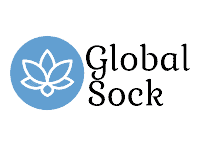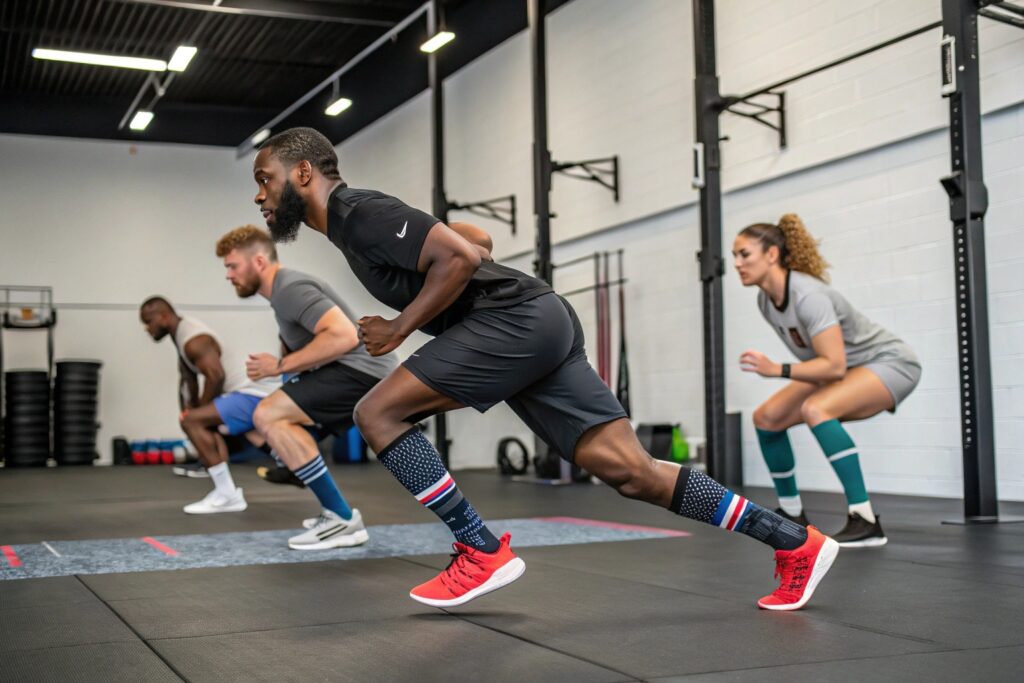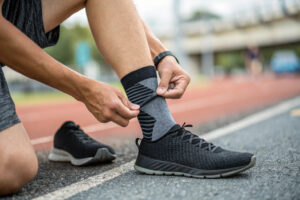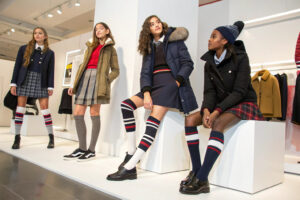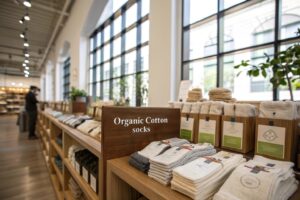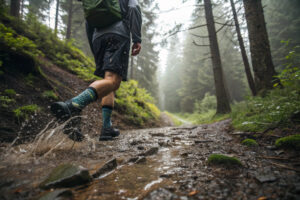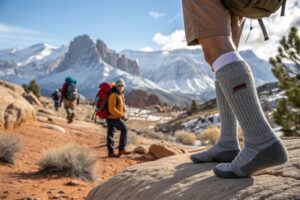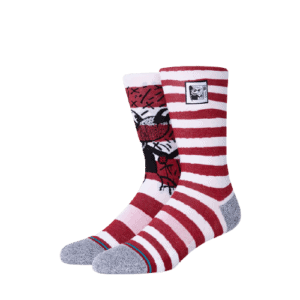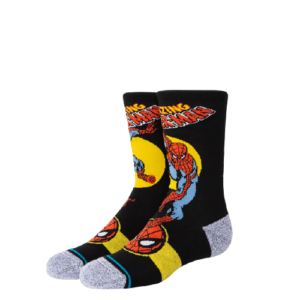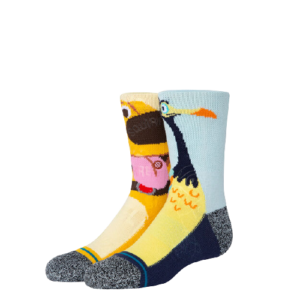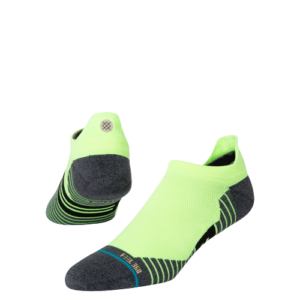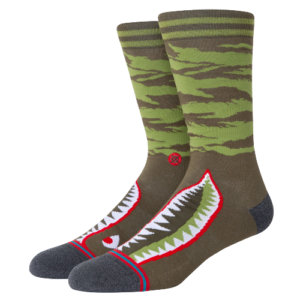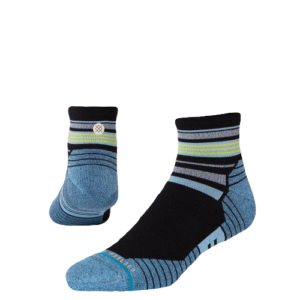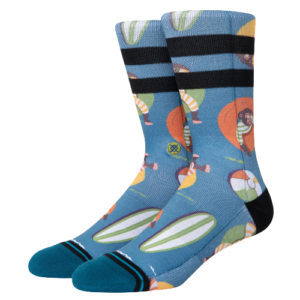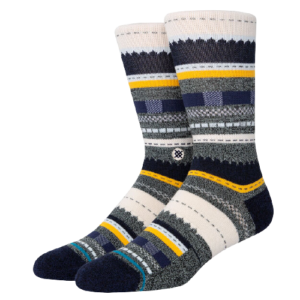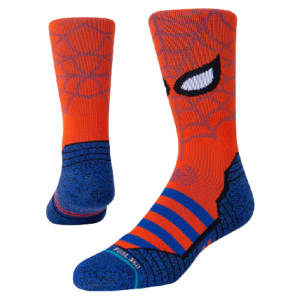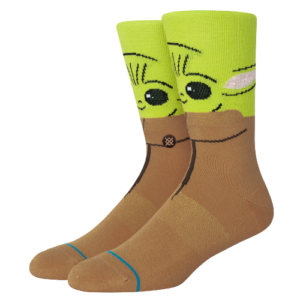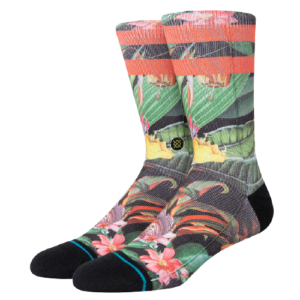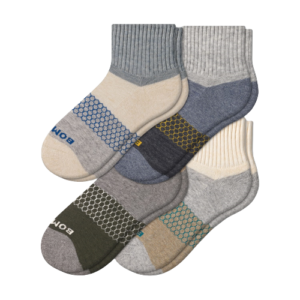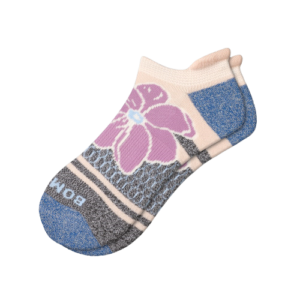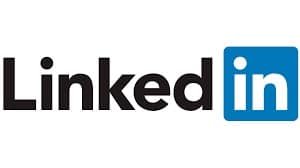Today’s gym-goers and runners demand more than just comfort—they want gear that performs. That includes socks. For sportswear brands, choosing the right athletic sock supplier isn’t just about colors and sizes. It’s about fabric innovation, fit testing, durability, and responsive manufacturing.
Sourcing high-performance athletic socks means choosing factories with sportswear experience, certified materials, smart design capabilities, and agile delivery systems.
As the owner of a performance sock factory in China, I’ve partnered with fitness startups, marathon labels, and global gym chains. In this guide, I’ll show you what to look for in a supplier, which materials matter, and how to develop winning products your customers will rely on.
What features define high-performance athletic socks?
Not all socks are made for sport. Athletic socks must perform under stress, movement, and sweat—and still feel good.
Key features include moisture-wicking yarns, compression support, breathability, blister prevention, and durable reinforcement.
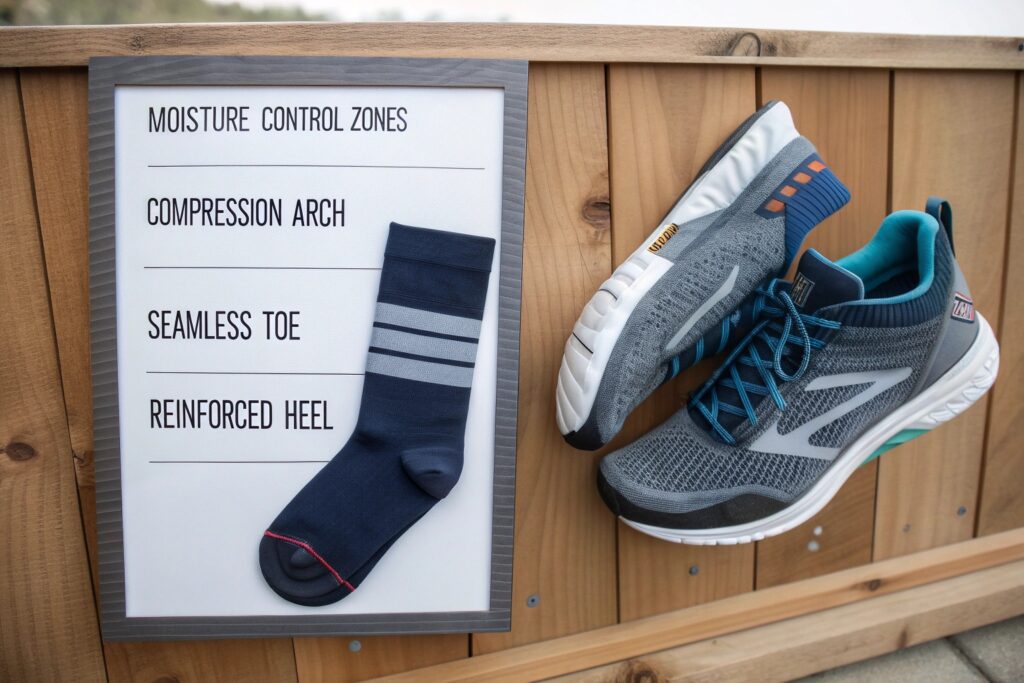
Why does moisture-wicking matter in athletic socks?
Sweaty feet cause odor, blisters, and bacteria buildup. Athletic socks need to pull moisture away from the foot, spread it across the fabric surface, and dry fast. That’s why we use Coolmax® and Drynamix yarns in our performance lines.
These fibers wick up to 5x faster than cotton. We strategically place mesh panels on the instep or sole to boost airflow. Gym brands love this because it keeps feet dry during HIIT workouts, weightlifting, or long runs.
What construction techniques reduce foot fatigue?
Reinforced arch compression stabilizes the midfoot, helping with fatigue and alignment. Seamless toe boxes reduce friction, while padded zones in the heel and toe absorb impact. We also use Y-stitched heels and ankle tabs to prevent slipping.
Clients targeting CrossFit or obstacle race events often ask for dual-density cushioning. These socks must handle rope climbs, squats, and wet terrain without bunching. That’s why sock structure matters just as much as material.
Which materials are best for gym and running socks?
Materials make or break an athletic sock’s performance. You need yarns that breathe, stretch, dry fast, and last long.
Top fabrics include performance synthetics (like nylon and Coolmax), merino blends for odor control, and spandex for stretch and fit retention.
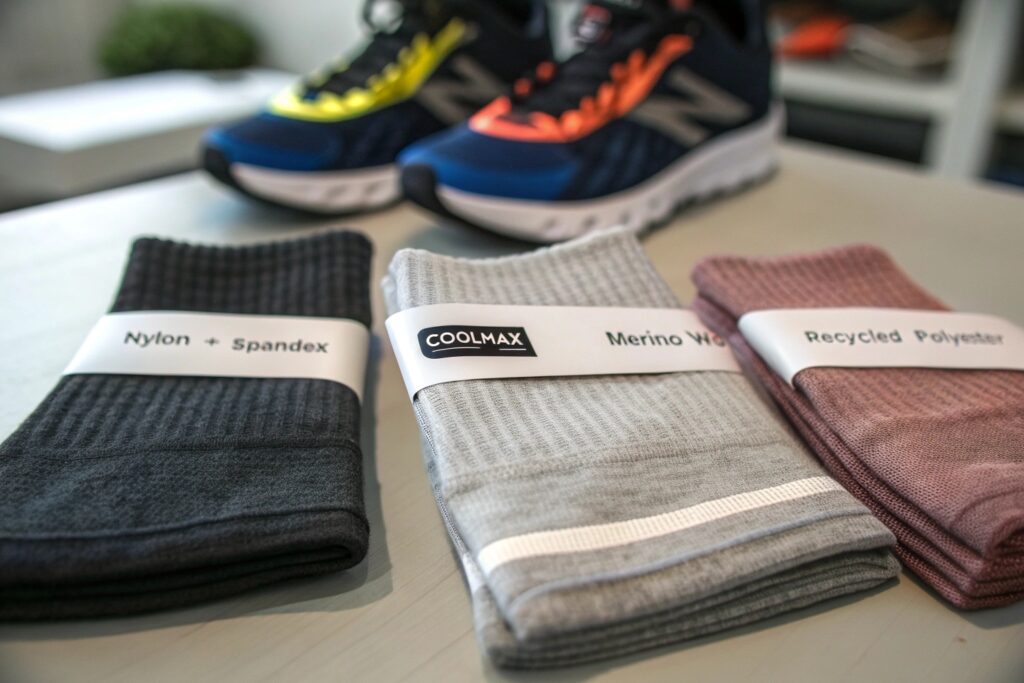
Are synthetics better than cotton for sports use?
Absolutely. Cotton absorbs moisture and stays wet, which leads to blisters and discomfort. Synthetic blends like polyester + spandex or nylon + Lycra are better for active use.
Our performance socks use about 60–80% polyester or nylon with 15–25% spandex. This ensures tight, compressive fits that don’t sag after a few wears. Many running brands also request recycled versions to appeal to eco-conscious athletes.
How does Merino wool perform in athletic settings?
Merino wool regulates temperature, controls odor, and feels soft even when damp. While more expensive, it’s a top pick for endurance runners, winter athletes, or trail gear brands.
We produce ultralight Merino blends with reinforced toes and breathable panels, helping brands stand out in premium sportswear markets. They’re ideal for mountain running, Nordic events, and cold-weather gyms.
What should buyers look for in a factory partner?
Choosing a sock factory isn’t about who offers the lowest price—it’s about who delivers performance at scale.
You need a supplier with functional testing, sportswear experience, rapid prototyping, and verified export records for athletic categories.
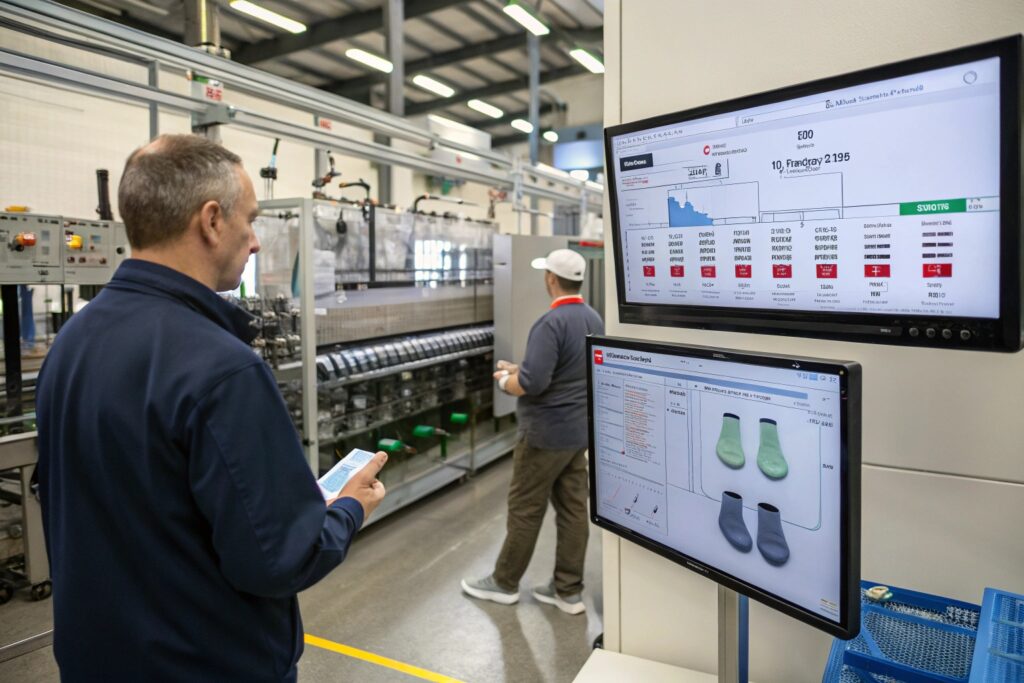
How do I verify if a factory understands sports socks?
Ask for references or product examples for previous gym or running clients. We often provide tear sheets from brands we’ve worked with—especially those selling on REI or Decathlon. Look for factories that offer:
- Lab-tested compression zones
- Moisture-wicking verification reports
- Sock fit consistency testing
- Seamless toe stitching capabilities
If a factory can’t show sock stretch recovery data or doesn’t offer wash durability tests, they’re not ready for high-performance output.
Can they support fast sample turnaround?
Time-to-market matters in sportswear. We provide 3–5 day development samples, using AI trend tools and past SKU patterns to accelerate design. We also offer 3D sock mockups so brands can approve aesthetics before knitting begins.
Buyers should ensure the factory can handle tech packs, fiber specs, and size grading files accurately. This reduces error risk and saves money in scale production.
How can brands differentiate their athletic sock line?
The performance sock market is crowded—but brands that show real function win loyalty.
Use storytelling, functional labeling, influencer demos, and value-add bundles to make your sock line stand out.
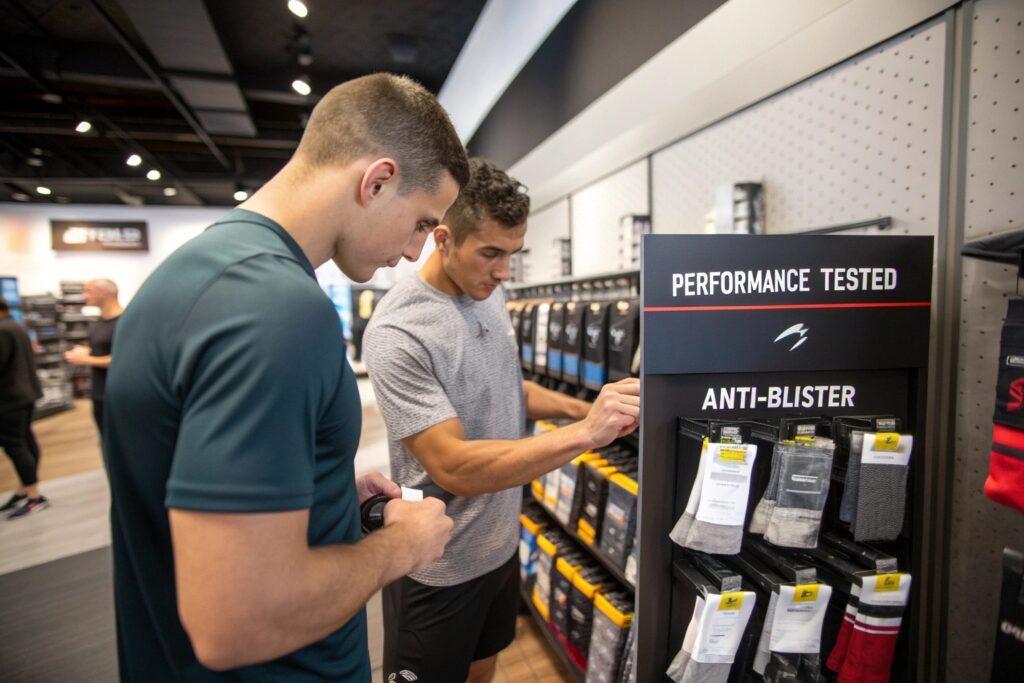
What marketing messages work best?
Focus on actual benefits like “Sweat-Free Fit,” “No Blister Run,” or “Arch Compression for Long Sets.” Use before/after visuals to show how your socks outperform cotton or casual options.
We offer private-label packaging with benefit icons, anti-odor claims, and QR codes linking to product test videos. Clients who market through fitness pros or gym box subscriptions see strong brand recall.
How can packaging and bundling drive value?
Multipacks, color sets, or co-branded training kits are effective. We help brands create bundles like “3 for HIIT,” “Trail Combo Pack,” or “Post-Leg Day Cushion Set.” These convert well on platforms like Amazon or TikTok Shop.
In retail, sock packaging with foot zone diagrams or lab certifications gives instant credibility. Buyers want more than black and white crew socks—they want socks with purpose.
Conclusion
Sourcing athletic socks isn’t just about ordering foot covers—it’s about creating gear that fuels movement. At GlobalSock, we combine performance engineering, smart yarns, and supply chain efficiency to deliver gym and running socks that truly perform. Whether you’re a growing fitness brand or scaling a high-volume label, we’ll help you build socks that win trust, win miles, and win loyalty—one step at a time.
